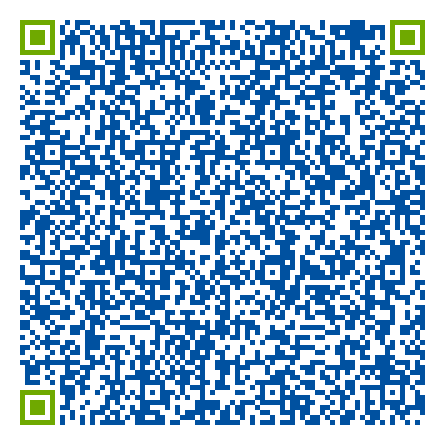Field theories of Non-Collinear Antiferromagnets: Emergent Symmetries, Quantum numbers, and Edge Modes
- Datum
- 25.11.2025
- Zeit
- 11:00 - 12:00
- Sprecher
- Bastian Pradenas
- Zugehörigkeit
- IFW Dresden / ITF
- Sprache
- en
- Hauptthema
- Materialien
- Host
- Grit Rötzer
- Beschreibung
- In contrast to ferromagnets, where spins align parallel to one another, in antiferromagnets neighboring spins prefer to align in opposite directions. Yet, depending on the geometry of the underlying lattice, this preference cannot be satisfied for all bonds simultaneously. This situation, known as frustration, gives rise to unconventional patterns of local order, commonly referred to as non-collinear. For example, in triangular and kagome lattices the spins arrange at 120 degree angles to one another, forming a pattern reminiscent of the MercedesBenz logo. This presentation I will show the study of such frustrated antiferromagnets. To describe their magnetic order and dynamics, we develop a new field-theoretical framework, which we call the spin-frame. In simple terms, the spin-frame offers a natural language for capturing the geometry and fluctuations of the magnetic order. Within this framework, we uncover an overlooked symmetry structure in non-collinear antiferromagnets that endows magnons, the quanta of spin waves, with a previously unrecognized quantum number. Focusing on the triangular-lattice Heisenberg antiferromagnet, we show that its spin order parameter transforms under an enlarged symmetry group, SO(3)L × SO(2)R, rather than the conventional spin rotation group SO(3). Although this extended symmetry is spontaneously broken in the ground state, a residual subgroup remains intact. The associated conserved Noether charges, once quantized, give magnons an additional labelan isospinbeyond their energy and momentum. This construction provides a systematic way to understand symmetry, degeneracy, and quantum numbers in non-collinear magnets, and draws an unexpected parallel with chiral symmetry breaking in particle physics. Finally, we apply the spin-frame approach to boundary phenomena in triangular lattice antiferromagnets. We show that the field theory admits a topological term in the energy, which alters the boundary conditions for certain polarizations of spin waves and gives rise to helical edge modes. These modes, with left- and right-circular polarizations propagating in opposite directions along an edge, bear a striking analogy to the electronic edge states in two-dimensional topological insulators. Our results thus point to a route for realizing robust magnonic edge states in frustrated antiferromagnets without relying on DzyaloshinskiiMoriya interactions or engineered magnon band topology.
- Links
Letztmalig verändert: 19.11.2025, 07:35:51
Veranstaltungsort
Leibniz Institut für Festkörper- und Werkstoffforschung Dresden (D2E.27, IFW Dresden)Helmholtzstraße2001069Dresden
- Homepage
- http://www.ifw-dresden.de
Veranstalter
Leibniz Institut für Festkörper- und Werkstoffforschung DresdenHelmholtzstraße2001069Dresden
- Homepage
- http://www.ifw-dresden.de
Legende
- Ausgründung/Transfer
- Bauing., Architektur
- Biologie
- Chemie
- Elektro- u. Informationstechnik
- für Schüler:innen
- Gesellschaft, Philos., Erzieh.
- Informatik
- Jura
- Maschinenwesen
- Materialien
- Mathematik
- Medizin
- Physik
- Psychologie
- Sprache, Literatur und Kultur
- Umwelt
- Verkehr
- Weiterbildung
- Willkommen
- Wirtschaft


